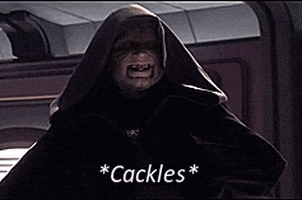Mikecr
Well-Known Member
Your chamber is your best die. Your brass will never be more consistent, than pulled smoking from your chamber.Fired, out of chamber they come out fine.
Everything you do from there screws it up.
Brass has memory. It wants to go where it has been.
So what you cause cannot really be undone.
Intelligence divides with numbers. This is why mobs act with poor judgement.
Your own problem solving is better.
Broken is half way to fixed. You'll never solve a problem until you see it.
It's an opportunity.
Last edited:

